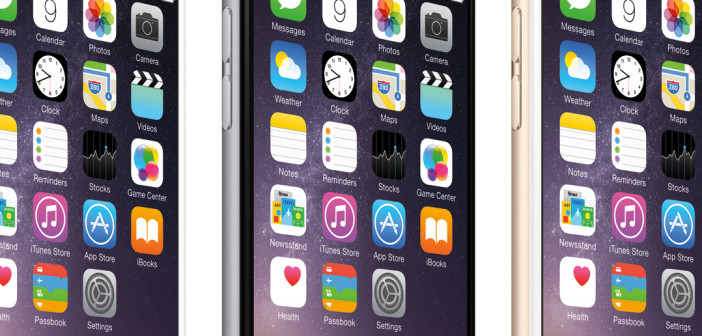Smartphones have become the hub of daily lives and are now in the pockets of two thirds of UK adults
The vast majority of UK adults now go online via a mobile device, according to both Ofcom and the Office of National Statistics (ONS) today.
The latest ONS research today revealed that 96% of UK adults now go online via a mobile device, more than doubling from just 24% in 2010.
Meanwhile Ofcom’s extensive 2015 Communications Market Report found that a third (33%) of internet users see their smartphone as the most important device for going online, compared to 30% who are still sticking with their laptop.
Ofcom said smartphones have become the hub of daily lives and are now in the pockets of two thirds (66%) of UK adults, up from 39% in 2012. The vast majority (90%) of 16 to 24 year olds own one; but 55 to 64 year olds are also joining the smartphone revolution, with ownership in this age group more than doubling since 2012, from 19% to 50%.
The surge is being driven by the increasing take up of 4G mobile broadband, providing faster online access, noted Ofcom. During 2014, 4G subscriptions have leapt from 2.7 million to 23.6 million by the end of 2014, equalling 28% of mobile subscriptions, compared to just 3% (2.7 million) in the fourth quarter of 2013.
The ONS research also showed that 76% of smartphone users shop online, up from just 53% five years ago. Powa Technologies’ founder and CEO, Dan Wagner, stated that this shows that retailers can no longer afford to ignore consumer demand for mobile: “The advent of the smartphone and access to reliable mobile internet has changed the landscape completely in the last five years. In today’s always-on, mobile-driven culture, it seems hard to believe that only 24% of people accessed the internet via mobile in 2010.
“The writing has been on the wall for many years now, but a surprising number of brands and retailers have still not adapted their strategies to match consumer demand. People have become accustomed to the ability to browse and buy on a whim, and time is running out quickly for those brands without a comprehensive mobile strategy,” Wagner warned.
Ofcom’s research also showed that shopping on a smartphone was also on the rise, driven by 4G take up. It said smartphone users with 4G are shopping online more than those without 4G; 55% of 4G users do this compared with 35% of non-4G users.
Wagner added: “It is not enough to simply provide an online store; brands must seek out new ways to attract and engage their customers through mobile devices wherever they are, whether walking past a shop window, waiting for a bus, or browsing online at home. Mobile engagement also holds the key to uniting online and physical sales, creating a single seamless experience to match consumer expectations.
“As both mobile internet access and smartphone ownership reach saturation point, retailers have the opportunity to move the shopping experience beyond the rigid and outdated queuing and paying structure,” he concluded.
Ofcom’s study also revealed that smartphone users on 4G are: banking more online (55% versus 33%); watching more TV and video clips online (57% versus 40%); making more face-to-face and voice calls over the internet (28% versus 20%); using services such as Snapchat to send more photos and videos (49% versus 36%); and instant messaging more with services such as WhatsApp (63% versus 50%).





